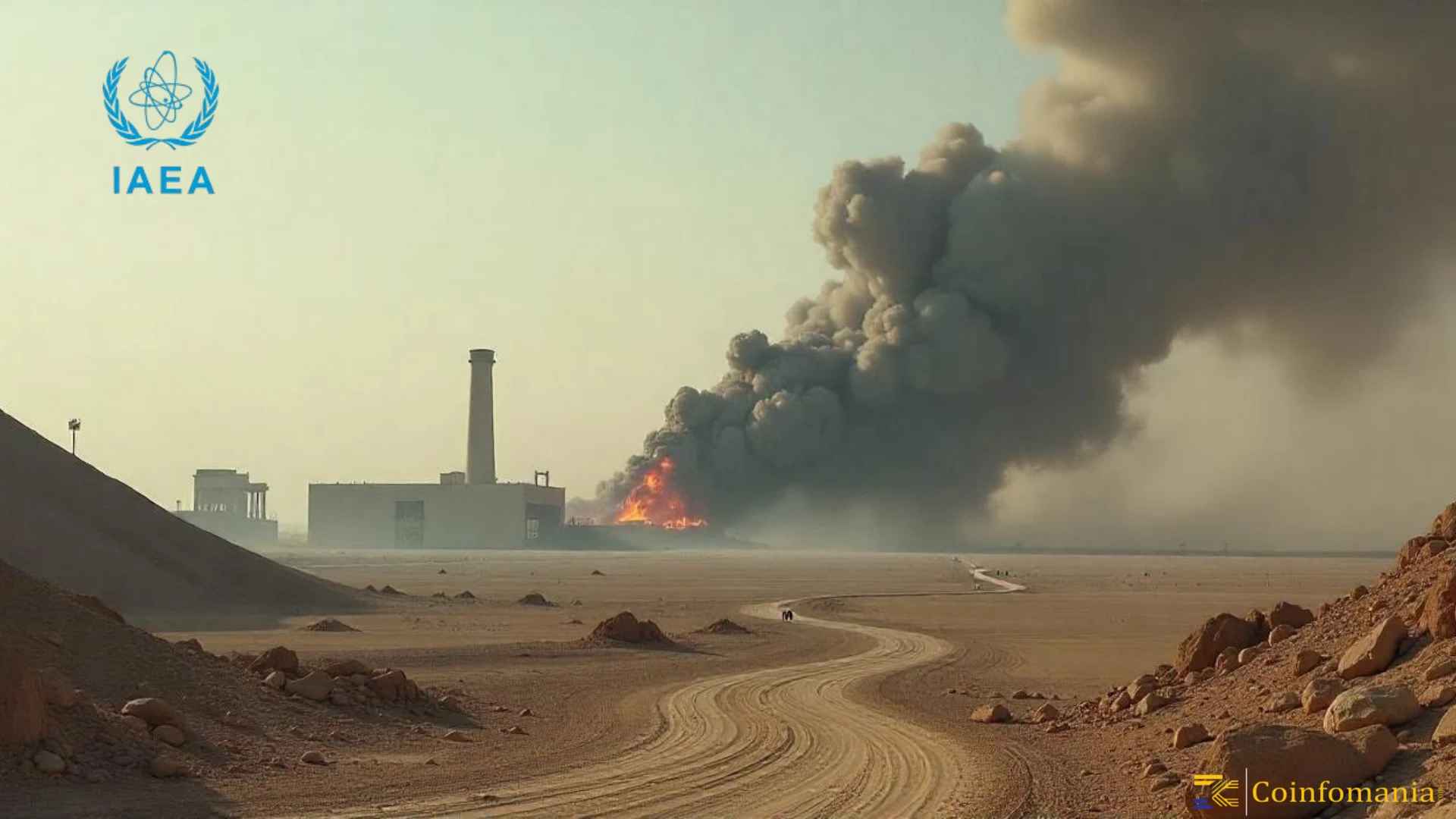IAEA Confirms Israeli Strikes Heavily Damage Iranian Nuclear Sites
0
0

On June 22, the International Atomic Energy Agency (IAEA) said there is no sign of radiation leaking from Iranian nuclear sites hit in recent Israeli airstrikes. The Fordow site and a major complex in Esfahan were among the targets. According to Director General Rafael Mariano Grossi, the agency is still reviewing technical information, but early findings suggest the radiation risk remains low. The announcement follows nearly ten days of military activity in the region, including multiple waves of airstrikes on Iran’s nuclear infrastructure.
Two Waves of Attacks Hit Iranian Nuclear Sites
The first set of strikes hit the Esfahan nuclear complex on June 13. Four buildings took damage, a uranium conversion facility, a central chemical lab, a reactor fuel manufacturing unit, and a processing facility still under construction. On June 21, six more structures at the same site came under attack. Among them were a depleted uranium metal production plant, a fuel rod workshop, and a building used to make uranium pellets.
Additional targets included two laboratories, a contaminated equipment unit, and an office building. The IAEA also reported that a centrifuge workshop on-site had been struck separately that same day. None of the buildings struck were operational reactors, and most held either no radioactive material or very limited quantities. Grossi said the agency confirmed this through detailed records and on-site verification over time.
IAEA Confirms Contamination Risks Remain Contained
In a public statement on June 22, the IAEA said it found no increase in radiation levels outside the affected sites. The agency used satellite analysis and technical data from previous inspections to support its findings. “These facilities either contained no nuclear material or only small amounts of low-enriched uranium,” said Grossi. “Our assessment shows no off-site contamination.” He emphasized that while localized exposure inside damaged buildings remains possible, the threat does not extend to nearby areas. The IAEA continues to monitor conditions and will release further updates as needed.
Esfahan Complex Seen as Strategic Target
The Esfahan facility has long played a key role in Iran’s nuclear ambitions. It supports everything from fuel production to advanced equipment fabrication. Repeated strikes at this site raise concerns about the broader goals of the military campaign. Analysts suggest that Israel is focused on dismantling infrastructure without triggering a nuclear emergency. By hitting less-sensitive buildings, the strikes avoid radioactive fallout while still weakening operational capacity. Grossi responded with concern. He said, “Nuclear facilities should never be attacked, under any circumstances.” He also called out others to uphold global peace and protect nuclear regulations.
IAEA Maintains Watch On Iranian Nuclear Sites Amid Geopolitical Tensions
The IAEA said it will continue tracking developments across Iranian nuclear sites in the coming days. Field inspections, if allowed, may follow once the situation stabilizes. The Esfahan complex has suffered visible damage, and while none of the affected buildings posed a major radiation threat, long-term setbacks to Iran’s nuclear activities are likely. The agency’s next steps will include a deeper analysis of security footage, environmental data, and nuclear inventory logs. With no signs of contamination and all nuclear material accounted for, the IAEA’s immediate priority remains confirming site stability and ensuring safe containment across all affected zones.
The post IAEA Confirms Israeli Strikes Heavily Damage Iranian Nuclear Sites appeared first on Coinfomania.
0
0
 Manage all your crypto, NFT and DeFi from one place
Manage all your crypto, NFT and DeFi from one placeSecurely connect the portfolio you’re using to start.

